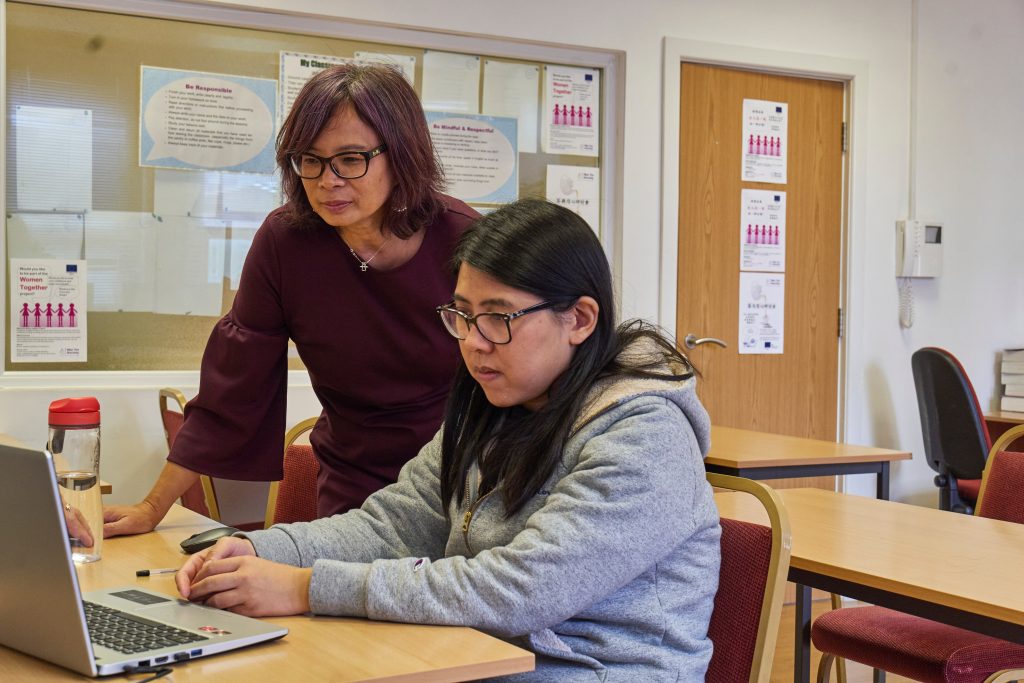Teacher burnout is one of the biggest problems facing the education sector. Let’s look at the common causes and how you can help prevent it.
Teaching is one of the most rewarding careers out there. But it’s one of the most demanding too… with long hours, high workloads and short turnarounds. So it’s no wonder that 1 in 6 teachers quit the profession after just one year.
Let’s look at the four most common causes of teacher burnout, and some ways you can help prevent it.
1. Time Poverty Causing Teacher Burnout
According to a 2022 study, 9/10 teachers say they don’t have enough time to prepare well for classroom teaching. On average, primary school teachers in the UK do 23.8% of their work outside of paid hours, and do an average of 59.3 hours per week.
It’s easy to see how teachers can ‘burn out’ after a year or two in the profession. However, there are some ways that people can reduce their workload, and take back valuable personal time.
How to reduce time poverty
A hugely underrated tactic for freeing up time is simply to learn how and when to say ‘No’. The reason we say ‘learning’, is because saying ‘yes’ to everything that is asked of us seems like second nature to most of us. This is especially true for early career teachers looking to impress peers. Focusing on what’s already in the schedule is a great skill to have, and one that will help to free up essential time.
For more time-saving tips, read our blog on taking back teacher time.
2. Low Sense of Self-Efficacy
Teacher self-efficacy (TSE) has been the subject of many academic studies over the years. Tschannnen-Moran et al. described it as “the teacher’s belief in his or her capability to organize and execute courses of action required to successfully accomplish a specific teaching task in a particular context”. To put it simply, it describes a teacher’s perceived level of effectiveness in doing their job.
Teachers, like any other professional, thrive on an element of self-improvement. When this isn’t present, burnout can quickly set in. Without the tools and time they need to grow their personal skillset and teaching abilities, their perceived TSE will start to deteriorate. This often reduces confidence, and job-fulfilment.
How to reduce low sense of self-efficacy
Ask your teachers to record themselves delivering a lesson and get feedback on it. This is also amazing for self-reflection. The ability to physically see what you did well or what can be improved can be very productive for teachers. It increases teachers’ confidence in their own abilities, and fosters best practice so that teachers can be the best that they can be.
3. Lack of Autonomy
Another big factor that contributes to burnout is a teachers perceived sense of autonomy. A 2020 study from the National Foundation for Educational Research found that teachers have a much higher level of job satisfaction when they believe they have a high amount of influence over their own progression. On the other hand, when people feel out of control, they can feel demoralised, which can lead to burnout.
A recent teacher survey found that nearly 60 percent of classroom teachers thought they lacked autonomy over their own careers.
How to increase teacher autonomy
School leaders can help to combat this by involving teachers in goal setting and curriculum planning. When it comes down to it, teachers spend more time with their students than anybody else, so they know what works for their class. Giving teachers more autonomy over what they teach will likely increase student enjoyment and engagement too.
4. OFSTED/Classroom Observations
OFSTED inspections are without a doubt one of the most stressful parts of any teacher’s job. In fact, even OFSTED themselves have highlighted the impact that their inspections have on wellbeing! The peering eyes and scratching of pen on clipboard can throw teachers off their game, and the anticipation of individual and school grades can pile the stress on.
With internal and cross-institutional observations being conducted regularly too, there’s a lot to think about. There is a way to carry out less intrusive, more cost-effective observations though, with the help of video observation technology.
How to reduce stress associated with observations
Teachers can set up a device (phone, tablet, laptop etc.) in the corner or back of the room, and record themselves delivering lessons. VEO then allows teachers to tag videos so they can evaluate all aspects of their teaching behaviour. This can be anything from clarity to confidence, or topic discussion to conflict resolution. It’s less disruptive for students, can also reduce the stress on teachers, and remove the element of ‘stage fright’ that many face when being observed.
Reduce Teacher Burnout in Your Team
If you’d like to know more about how VEO can save your teaching staff time and stress, contact us to arrange a demo.










